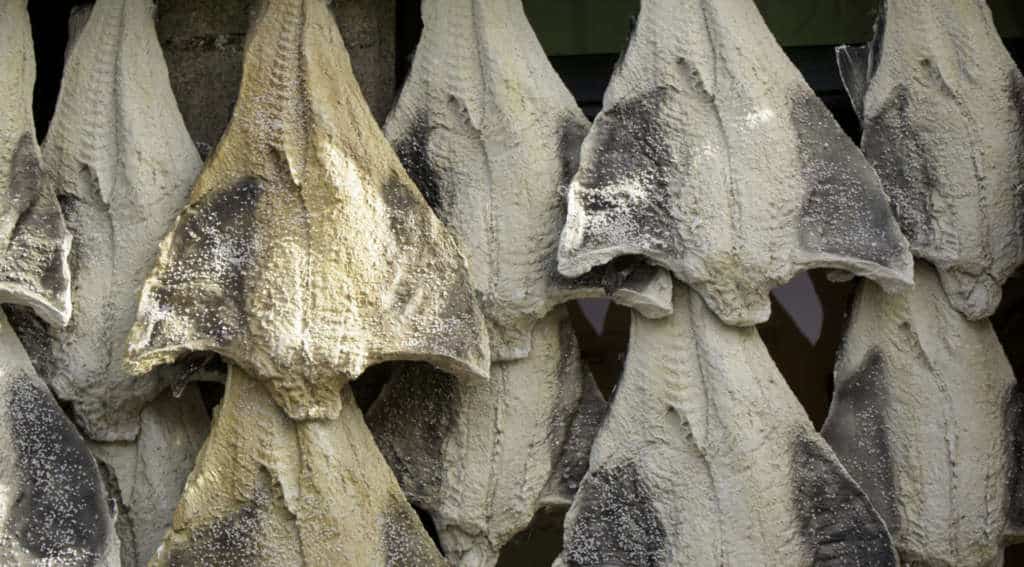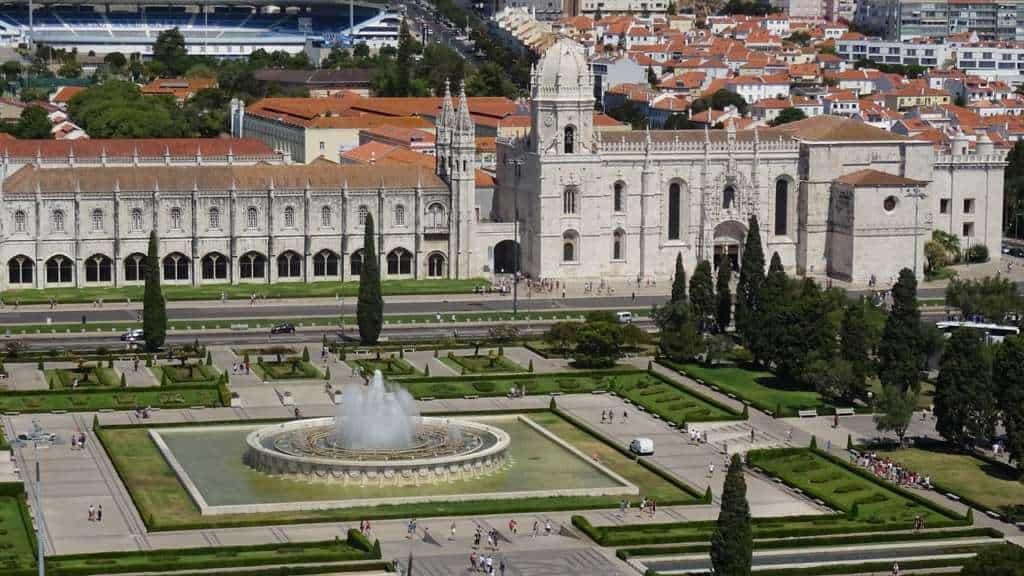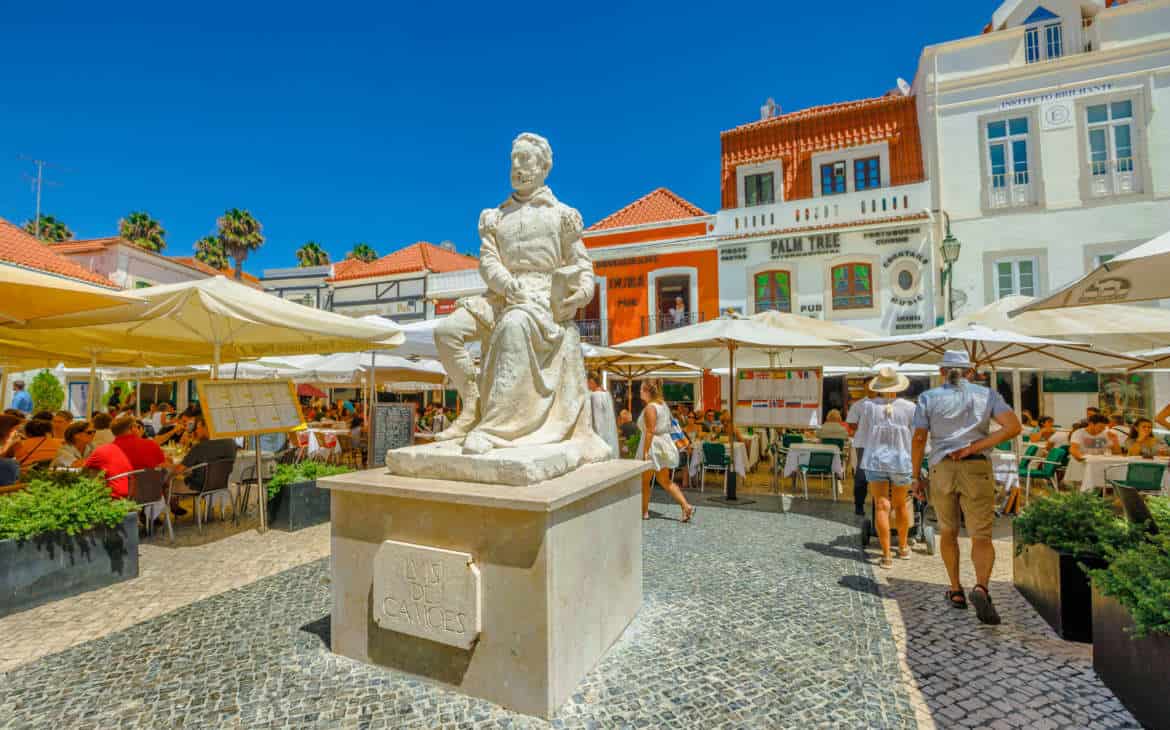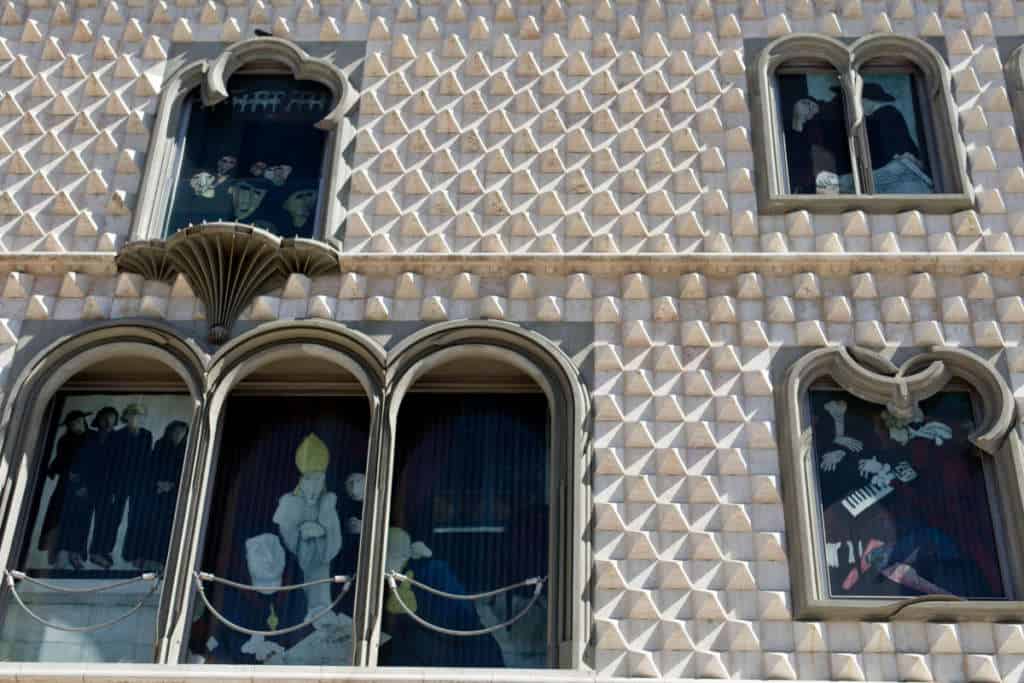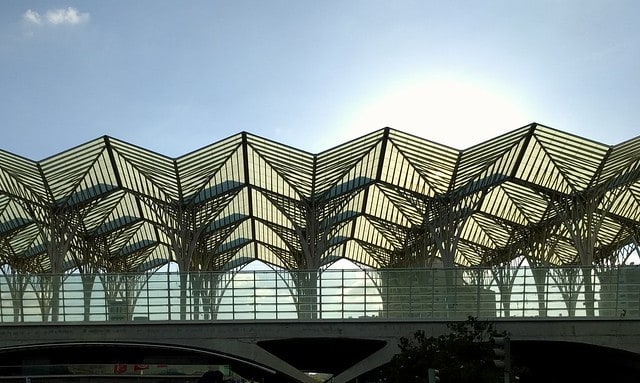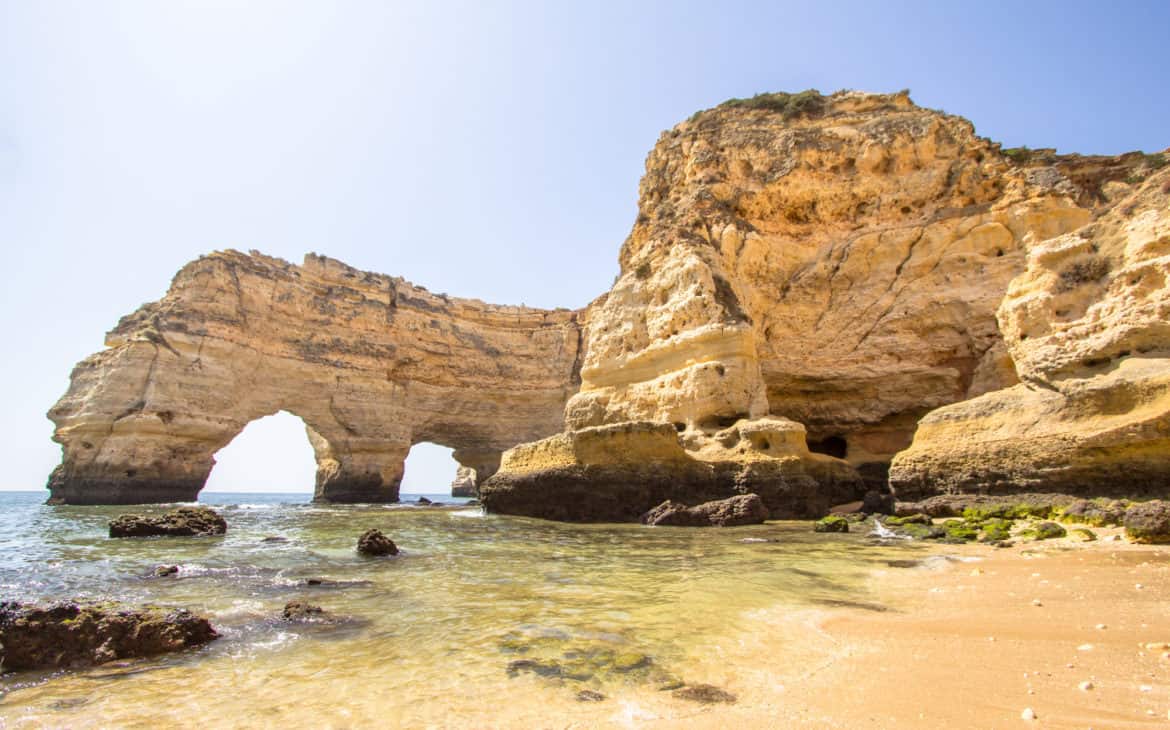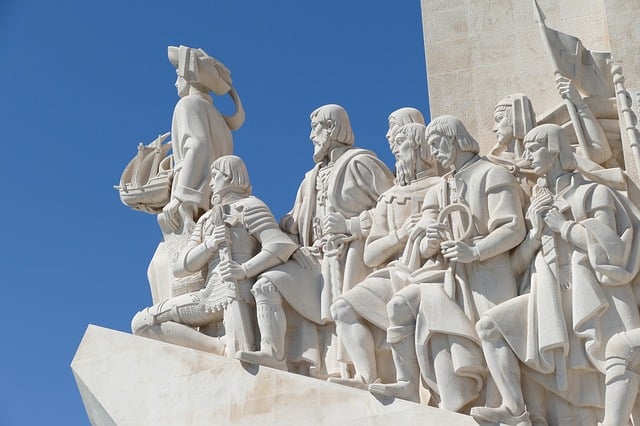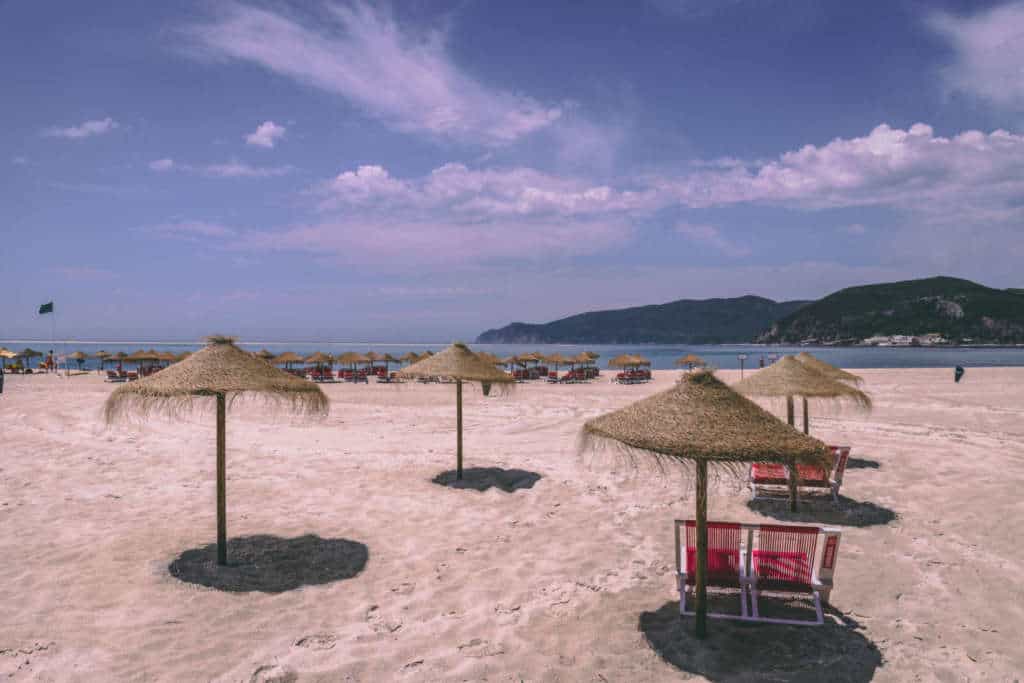Bacalhau – Portuguese national dish
Portuguese cuisine, although almost unknown in Europe, abounds in interesting combinations of ingredients, often completely new to our palates. By far the most popular dish of Portuguese cuisine is bacalhau. The salt-cured cod is prepared in thousands of ways and is still eaten every day by several percent of Portuguese.
